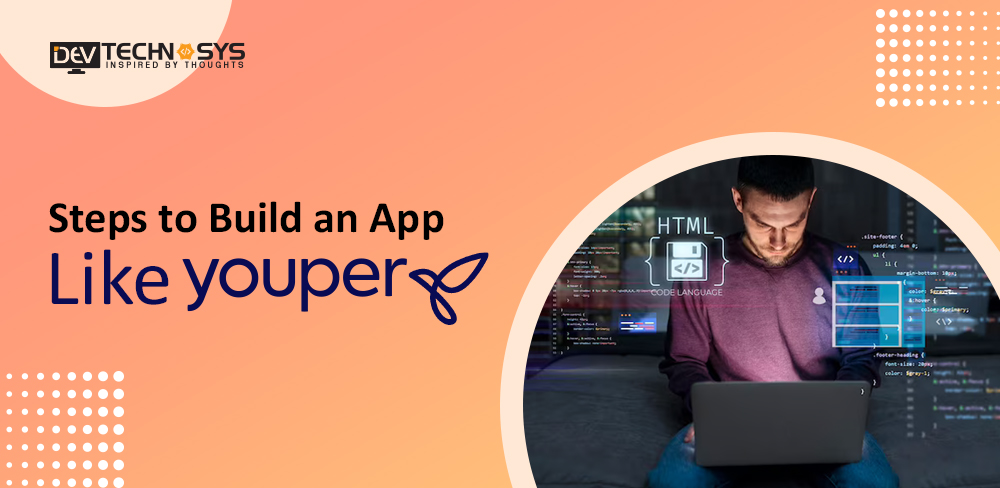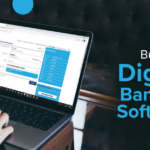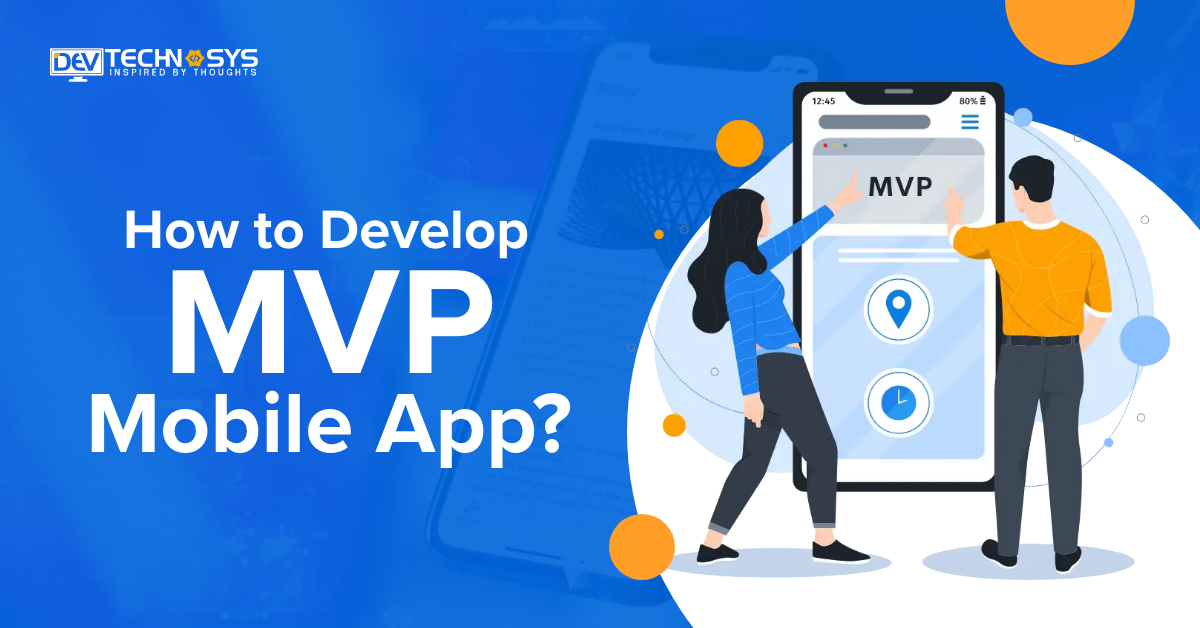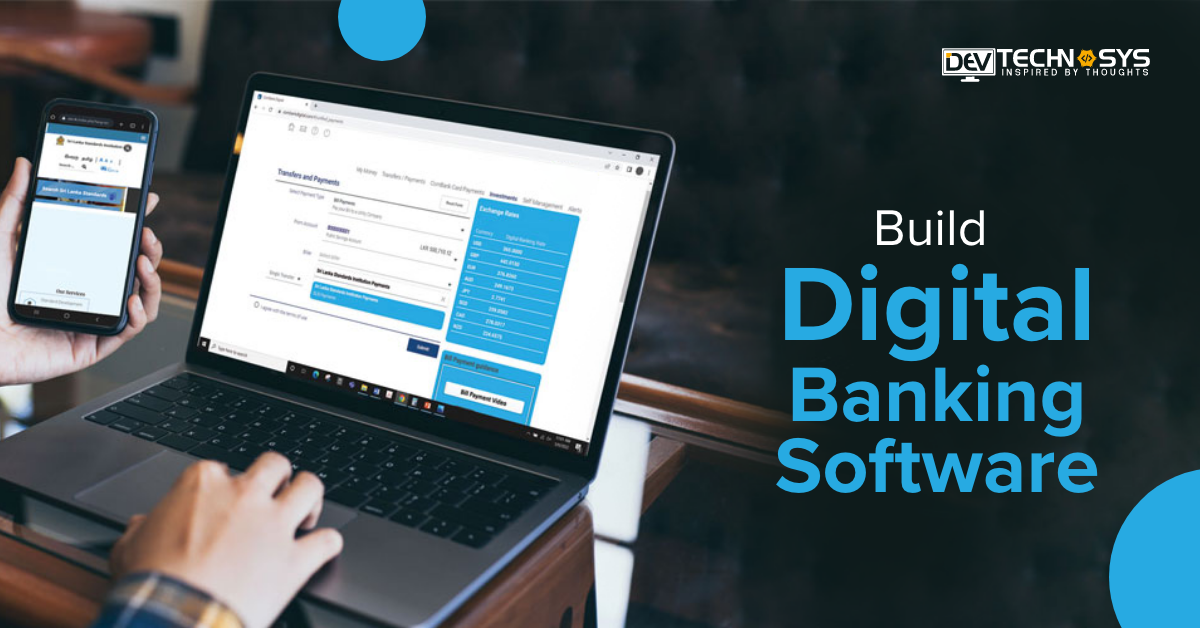In today’s fast-paced world, emotional challenges can be difficult to manage. This is especially true if mental health care is not readily available. The digitization of our lives has undoubtedly streamlined them, but it has also added additional pressures on employees. Around 71% of adults report experiencing stress-related symptoms in the past.
Nearly 15% of adults report mental health issues due to overwork and insufficient healthcare. You might be wondering how you can address these issues as a decision-maker.
It’s interesting to see how the digital world is again stepping up to help stressed-out employees. Globally, a prominent mental health app is gaining popularity. This is especially true amongst working people. Youper has become a valuable tool for working people, helping them manage stress using mindfulness and mood-tracking techniques. The demand for Youper has increased increasingly due to several businesses wanting to build an app like Youper. All this has raised the popularity of on-demand app development in today’s time.
Are you one of the people who are looking to build an app like Youper from scratch? Dive into this blog to learn more about the 7 core stages to build an app like Youper with the help of seasoned developers.
Table of Contents
What is Youper App?
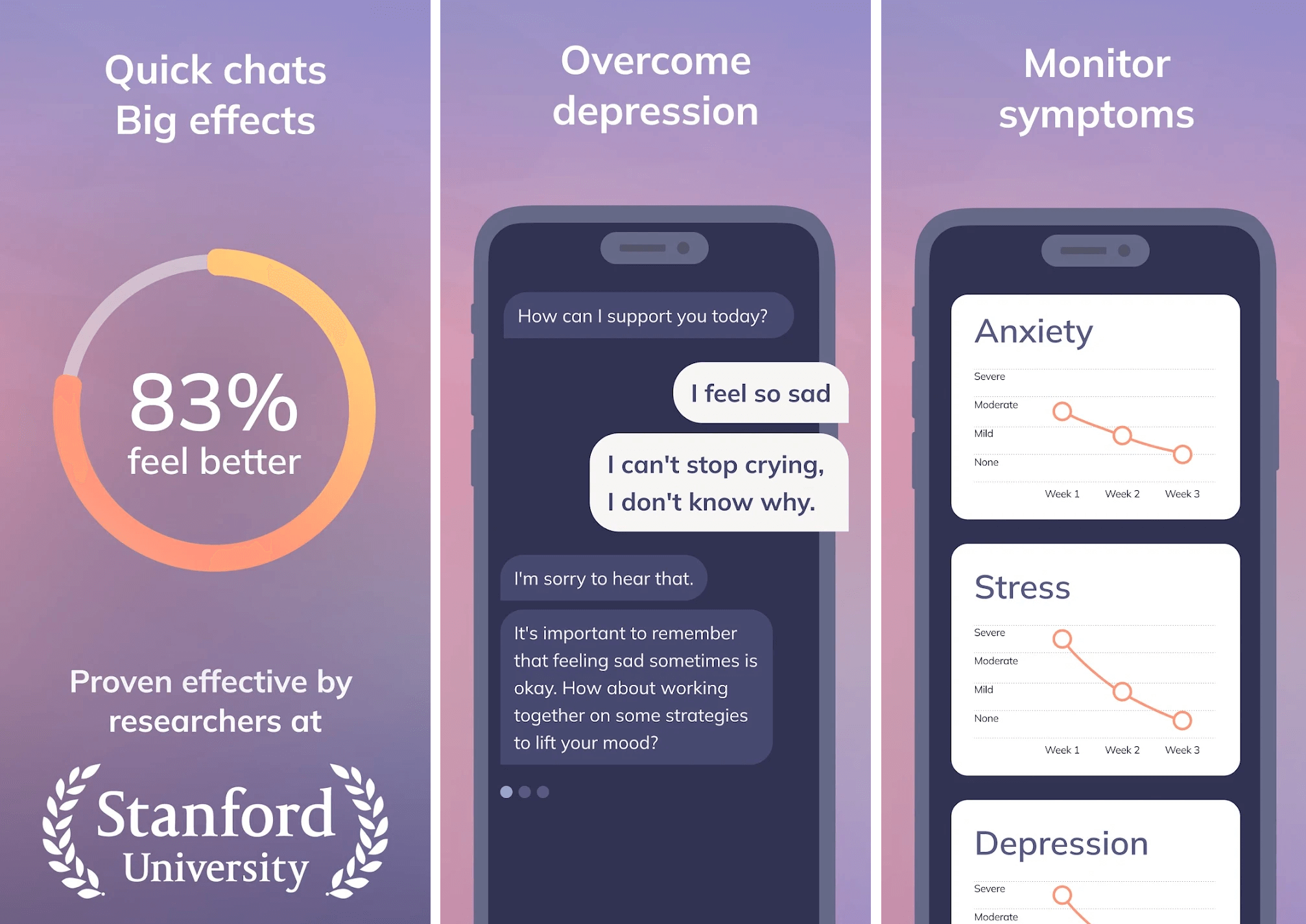
Youper is an app for mental health that uses artificial intelligence (AI) to provide personalized emotional support and self-help tools. Users can track their moods and thoughts through conversational interactions and receive evidence-based interventions.
The app uses cognitive behavioral therapy principles to help users deal with anxiety, depression, and stress. The CBT therapy chatbot app development also offers insights into emotional patterns and provides exercises to improve well-being.
Youper is a mental health app that aims to be accessible and engaging. It provides users with a virtual friend to help them navigate their emotional journeys.
Market Stats To Look At!
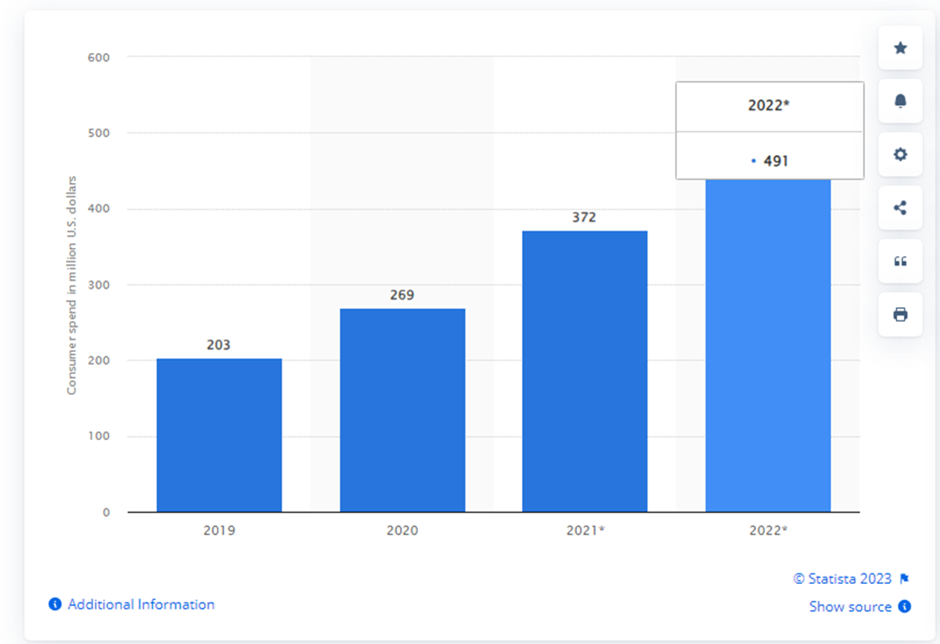
- Global consumer spending on mental wellness apps will reach almost 270 million U.S. Dollars in 2020, an increase of 32.5 percent over the previous year.
- There is an expectation that mobile mental health apps will generate 491 million dollars in consumer spending. It represents an increase of 82.5 percent over 2020.
- The global coronavirus outbreak and its impact on mental health was the main reason for the rise in popularity of meditation and mental wellness apps in 2020.
- The Mental Health Market is expected to generate revenues of US$36.73bn by 2023.
- The market is expected to grow at a rate of 0.51% per year (CAGR from 2023-2028), resulting in US$37.67bn of revenue by 2028.
- BetterSleep, a meditation app developed in Canada, was the top-downloaded meditation app on the planet, with 957 thousand downloads during the month.
- Sweet Dreams apps, which ranked third, had 764 thousand downloads.
- The United States will generate the most significant revenue (US$10 590 000.00m in 2023).
- According to the total population, 2023 will generate revenues per person of US$67.77.
How to Build An App Like Youper?
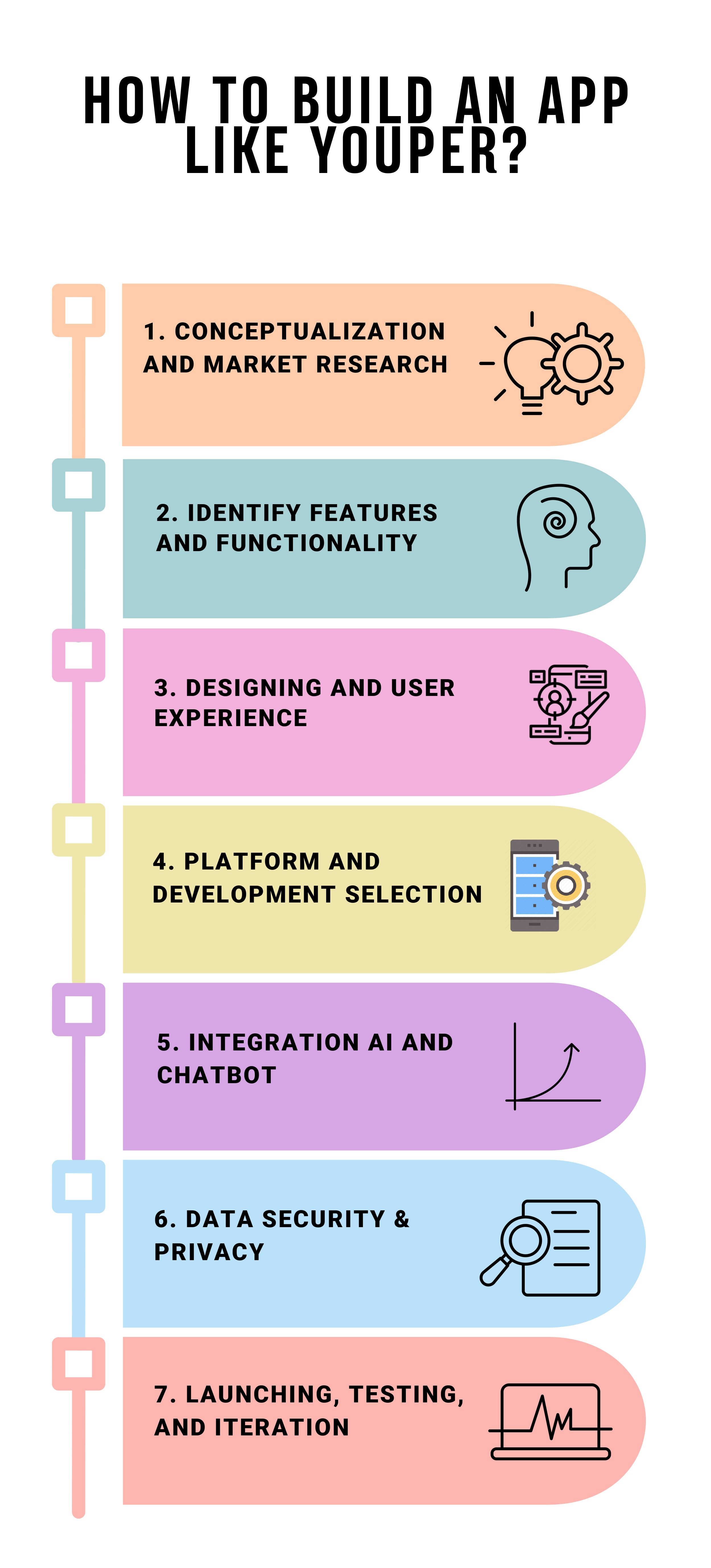
Youper is a platform for mental health and emotional well-being, inspiring to build an app like Youper. It requires meticulous planning and execution. Here’s a short guide to get you started:
Step 1: Conceptualization and Market Research
To build an app like Youper, start by defining the purpose of the app and identifying the target audience. Youper app development can offer unique value propositions if you understand the market landscape. You can find gaps in competitors’ offerings, such as Youper, by analyzing their competitors’ apps. To shape the features of your app, research user needs, pains, and preferences.
Step 2: Identify Features and Functionality
List the core features you want to include based on your learning. Consider features such as mood tracking, journaling exercises, cognitive behavioral therapy (CBT), and personalized chatbot interaction to build an app like Youper with effectiveness. These features should be prioritized based on importance and their potential impact on engagement and user satisfaction.
Step 3: Designing and User Experience
Create an interface that is easy to use and promotes a positive experience for the user to build an app like Youper. Wireframes and prototyping are used to visualize an app’s layout and flow. Focus on intuitive navigation and aesthetics. Include color schemes and images that promote calmness and well-being per the app’s goal.
Step 4: Platform and Development Selection
Decide whether you want to build an app like Youper on iOS, Android, or both. Choose whether you want to develop native apps or cross-platform ones. Implement a framework or programming language like Swift, Kotlin, or React Native. Start coding to build the backend infrastructure to support user data storage and authentication.
Step 5: Integration AI and Chatbot
The AI-powered chatbot is the heart of a CBT therapy chatbot app development solution. Integrate NLP technologies to create meaningful conversations with the users. Create a decision tree that will allow the chatbot to empathize with user emotions and concerns. Build an app like Youper and continue refining AI capabilities by incorporating user feedback and making iterative updates.
Step 6: Data Security & Privacy
To build trust with users and build an app like Youper, prioritize data security and privacy. Secure user data during transmission and storage by implementing robust encryption protocols. Create a comprehensive and transparent privacy policy outlining how user data will be collected, protected, and used. Obtain the consent of users for data processing, and ensure compliance with applicable data protection regulations.
Step 7: Launching, Testing, and Iteration
Test the app thoroughly, like you would for building an app like Youper, to find and fix bugs, glitches, or usability problems. Get user input on the app’s functionality and features by testing it out with a small sample of users. Make any necessary modifications in response to your input to guarantee a seamless user experience.
Create a marketing plan for the launch of your app with the goal to build an app like Youper. Use social media, content marketing, and partnerships to create buzz. Concentrate on communicating your app’s unique features and benefits to your target audience.
After launch, collect user feedback and analyze data to identify improvement areas. Monitor engagement rates, retention rates, and app usage patterns. Update the app regularly to improve features, fix bugs, and add new functionality based on users’ needs. Consider to build an app like Youper to provide a comprehensive mental health solution that resonates with users.
Features To Add In Your App Like Youper
Now that you know how to build an app like Youper, it is critical to learn its functions. This section has compiled a list of extraordinary user and admin features you must know about.
1. User Panel Features
- Emotion Tracking
Users can log their moods and emotions throughout the day using this app. The app allows users to select from different emotions and specify their intensity. It helps users to become more aware of their emotional triggers and patterns.
- AI-Driven Conversations:
The therapy app development uses AI to engage users in conversation, similar to a chatbot. These conversations encourage users to explore their feelings, thoughts, and behaviors in a non-judgmental and supportive manner. AI can offer insights, coping techniques, and suggestions based on the user’s input.
- Journaling:
In-app journals allow users to write about their feelings, experiences, and concerns. Journaling is a great way to express yourself and clarify your emotions.
- Goal Setting:
Apps often include goal-setting tools that allow users to track and set personal goals related to their mental health. These goals may be related to emotional control, self-care, or personal growth.
- Mindfulness and Meditation:
Some apps include guided meditation and mindfulness exercises. These practices help people manage anxiety and stress.
- Self-Assessment Tools:
Quizzes and questionnaires may help users better understand their mental or emotional state. These assessments provide insight into areas of concern and can offer personalized recommendations.
- Coping Strategies:
Apps can provide users with coping techniques, relaxation techniques, and activities to help them manage difficult situations and emotions. These strategies are often based on evidence-based therapeutic methods.
- Personalized Insights:
The anxiety app development could analyze user inputs and behaviors over time to provide insights and trends relating to emotional and mental health. This information will help users to identify patterns and make informed choices.
- Progress Tracking:
The user can monitor their emotional progress and well-being over time. This visual feedback is motivating and affirming.
- Privacy and Security:
Due to the sensitive nature of mental health data, these apps usually prioritize privacy and data protection. To protect user data, they may use encryption and data anonymization.
- Community Support:
Some apps have community features that allow users to communicate with others who share similar experiences. This can give a feeling of belonging and support.
2. Admin Panel Features
- User Management:
Admins can manage user accounts, including registration, account deletion, and updating user profiles, while overseeing users’ engagement and usage patterns for an app designed to build an app like Youper.
- Content Management:
Admins can oversee all content on the platform, including text-based discussions, mood-tracking exercises, and coping techniques. They can edit or remove content to maintain its accuracy and relevance.
- Analysis and Reporting:
Admins have access to analytics dashboards which provide insight into the engagement of users, popular features, duration of sessions, etc. This data can be used to improve the effectiveness of an app and its user experience.
- User Data Management:
Administrators can protect the privacy and security of user data. On request, they may be able to anonymize and delete user data by data protection laws.
- Feedback and Support:
Admins can receive feedback and support from users in the event of technical problems or questions. It could be a ticketing system or a chat function.
- App Customization:
The admin may be able to customize some aspects of the application, including branding, themes, and language options to meet specific user requirements or demographics.
- Updates on Feature:
Admins can oversee and deploy new features and upgrades, prioritizing features according to user feedback and market trends, particularly for an app aiming to build an app like Youper.
- Moderation:
Administrators of a mental health app, such as Youper, may be required to monitor conversations to ensure they are safe and appropriate.
- Integrating with Mental Health Professionals:
Youper, for example, might allow users to contact licensed mental health professionals, and administrators can manage this, verifying credentials and ensuring quality services for an app looking to build a CBT therapy chatbot app.
- User Support and Engagement:
Users can be kept informed and engaged by admins using the app. They could send them notifications, announcements, or messages.
How Much Does It Cost To Build an App LIke Youper?

The cost to build an app like Youper can vary widely depending on several factors, including the complexity of features, design, development platform, geographic location of the mobile app development company, and more. Developing a mental health app with AI-driven features like Youper can be significant. Here’s a rough breakdown of potential Youper app development cost:
1. Development Team:
Hire dedicated developers, including app designers, AI specialists, and possibly psychologists or mental health experts, to design the content and interventions. Development rates vary significantly by location and expertise level.
2. Features and Complexity:
The more features your app includes (such as AI-driven interactions, mood tracking, personalized interventions, data analytics, etc. ), the more complex and costly the development will be.
3. Platforms:
Hire mobile app developers who will guide you in choosing the platform type. Development costs will increase if you want the app to be available on both iOS and Android platforms.
4. AI Integration:
Developing and integrating artificial intelligence features can be particularly expensive due to the specialized skills required.
5. Design:
A user-friendly and visually appealing design is crucial for Meditation App Like Calm & Headspace. Design costs can vary based on the intricacy of the interface.
6. Testing and Quality Assurance:
Thorough testing and quality assurance are essential for the effectiveness and reliability of a mental health app, which may contribute to costs.
7. Regulations and Compliance:
Depending on your target audience and geographic location, there might be legal and compliance requirements to meet, which can impact both development time and mobile app development cost.
8. Maintenance and Updates:
An app that wants to build an app like Youper will eventually incur more fees for ongoing upkeep, updates, and enhancements. Giving a precise number is difficult given these variables.
However, building a high-quality mental health app with AI capabilities to build an app like Youper could range from $8,000 to $25,000 or even more. It’s recommended to contact an on-demand app development company to get accurate cost estimates based on your specific requirements for building an App like Evolve.
Additionally, consider starting with a minimal viable product (MVP) to test the concept and gather user feedback before investing in a full-scale development for an app like Youper.
In A Nutshell!
In conclusion, to build an app like Youper involves key steps: conceptualizing a user-centric interface, integrating AI-driven emotional support, planning a seamless user journey, employing experienced developers for coding, ensuring rigorous testing, and executing a strategic launch. Regular updates and user feedback incorporation further refine the app’s quality.
Successful emulation of Youper’s model necessitates commitment, innovation, and user-focused design, ultimately paving the path to a transformative mental health application.
So if you are one of the people who want to build an app like Youper, then you must get in touch with our experts. We are the leading Youper app development company with 100+ developers working on projects like Youper.
Frequently Asked Questions
Q1. What Makes An App Like Youper Unique?
Youper’s uniqueness lies in its AI-driven emotional support, mood tracking, and personalized interventions that aid users in managing their mental health effectively.
Q2. How Do I Integrate AI Into My Mental Health App?
Integrate AI by collaborating with AI specialists to develop algorithms for mood analysis, personalized suggestions, and conversational interactions.
Q3. What’s The Timeline For Building An App Like Youper?
Timelines vary but expect several months for design, development, testing, and iterations based on the app’s complexity.
Q4. How Can I Ensure Data Security And User Privacy?
Employ encryption, comply with data protection regulations, and conduct regular security audits to safeguard user data.
Q5. How Do I Engage Users With The App?
Create a user-friendly interface, offer valuable content, gather user feedback for improvements, and provide consistent updates to maintain engagement.

